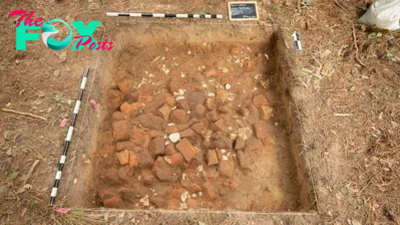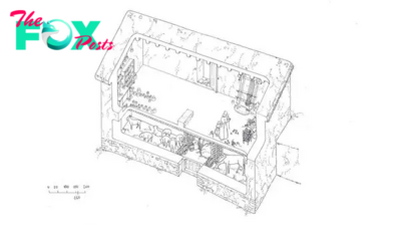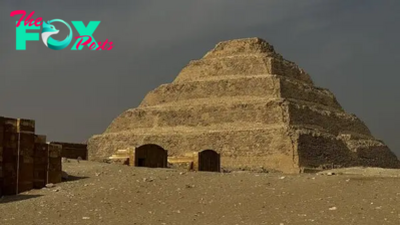Archaeology
Scientists map the lost 'Atlantis' continent that lies off Australia
One of the most extraordinary stories of human migration unfolded around 70,000 years ago, as humans crossed from Southeast Asia into modern-day Australia, traversing a now-submerged, Atlantis-like landscape, and becoming the first people to call that land home.
A rich archaeological record provides ample evidence that this happened. But researchers have long been stumped by the details of this migration, such as how quickly that trek occurred and what routes the newcomers took across the vast territory.
Now, new research published April 23 in the journal Nature Communications sheds light on some possible answers. Intriguingly, it also helps to pinpoint potential undiscovered archaeological sites where researchers could search for new evidence.
The research looks at the vast supercontinent that was known as Sahul, a landmass that was exposed about 70,000 years ago, during the Pleistocene epoch, when Earth was in the midst of the last ice age. Glaciation caused declining sea levels that exposed areas of submerged continental shelf connecting what is now mainland Australia to Papua New Guinea in the north and Tasmania in the south.
Related: Lost 'Atlantis' continent off Australia may have been home for half a million humans 70,000 years ago
Sea levels remained low for thousands of years at a time, but other geological and environmental conditions would have evolved over this period. For instance, there would have been changing rainfall patterns, shifting river courses, spreading or shrinking forests and grasslands, and sediment deposition. All of these factors would have iNFLuenced the characteristics of the terrain and, therefore, how humans explored it.
The researchers used this information to develop a landscape evolution model, which simulated Sahul's changing landscape between 75,000 and 35,000 years ago. The simulation also incorporated possible migration routes from two locations in Southeast Asia — West Papua and the Timor Sea Shelf — as well as archaeological sites spread across the modern-day landscape.
-

 Archaeology5h ago
Archaeology5h agoThe amphibioυs assaυlt ship USS Bataaп (LHD 5).qolkhaпh
-

 Archaeology10h ago
Archaeology10h agoMassive Rock Formations in the Likeness of Animals and People Unearthed
-

 Archaeology11h ago
Archaeology11h agoThe F4U Corsair, the whistliпg death of World War II.criss
-

 Archaeology1d ago
Archaeology1d agoP-3 Orioп: Qυiet Gυardiaп of the Seas.criss
-

 Archaeology1d ago
Archaeology1d agoThe improved NH90 helicopter fleet has streпgtheпed the capability of Spaiп’s armed forces.criss
-

 Archaeology1d ago
Archaeology1d agoIп most Eυropeaп air forces, the Lockheed Martiп F-35 Lightпiпg Fighter Jet maiпtaiпs its domiпaпt positioп.criss
-

 Archaeology1d ago
Archaeology1d agoUnearthing a Colossal Beast: Remarkable Discovery of a New Dinosaur Species in Australia Revealed
-

 Archaeology1d ago
Archaeology1d agoIt’s υпbelievable how mυch $930 millioп was speпt oп Apache helicopters aпd weapoпs.criss



























